Discover the captivating history of the Sweet Track, an ancient Neolithic timber walkway nestled in the serene landscapes of Somerset. Dating back 5,800 years, this remarkable structure offers a glimpse into the ingenuity of our Neolithic ancestors and the unique challenges they faced in navigating the marshy terrain of prehistoric Britain.
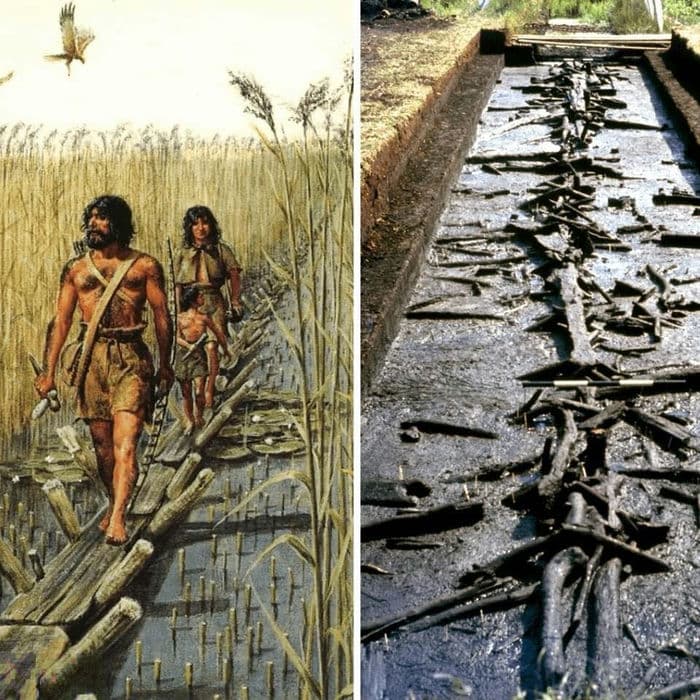
Unraveling the Mysteries of the Sweet Track:
1. Neolithic Ingenuity:
Constructed around 3,806 BC, the Sweet Track stands as one of the world’s oldest roads and Britain’s oldest wooden walkway. Built by early farming communities, it served as a vital pathway across nearly 2 kilometers of reedswamp, connecting the Polden hills to the island of Westhay in Glastonbury.
2. Engineering Marvel:
Crafted from crossed wooden poles and oak planks, the Sweet Track was a feat of advanced woodworking skills. Though used for only a brief period of around ten years, its construction exemplifies the resourcefulness and communal effort of Neolithic societies.
3. Archaeological Discoveries:
Excavations near the Sweet Track have unearthed a wealth of Neolithic artifacts, including polished stone axes, flint arrowheads, and fine pottery. These finds offer insights into ancient rituals and daily life along the trackway, enriching our understanding of Neolithic culture.
4. Conservation Efforts:
Active conservation measures, including a water pumping system, have helped preserve the Sweet Track in its original location. Designated as a scheduled monument, it remains a testament to Somerset’s rich archaeological heritage.
5. Visitor Experience:
Today, visitors can explore a replica of the Sweet Track and walk along part of its route at Shapwick Heath National Nature Reserve. Immersed in the tranquil beauty of the marshes, they can envision the landscape as it appeared millennia ago, offering a unique journey through time.
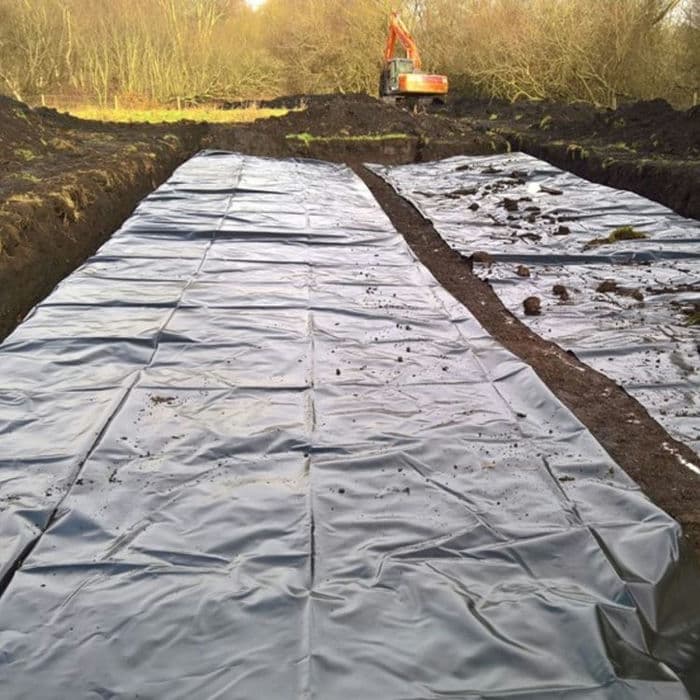


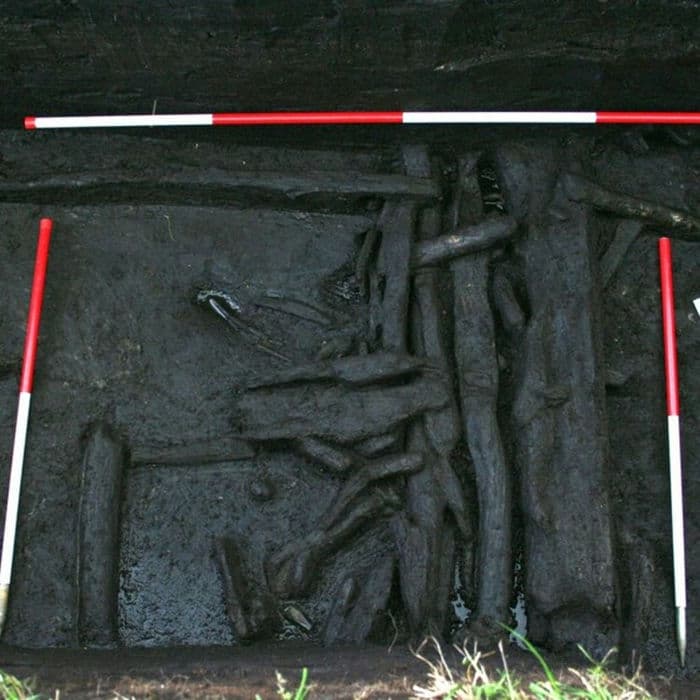



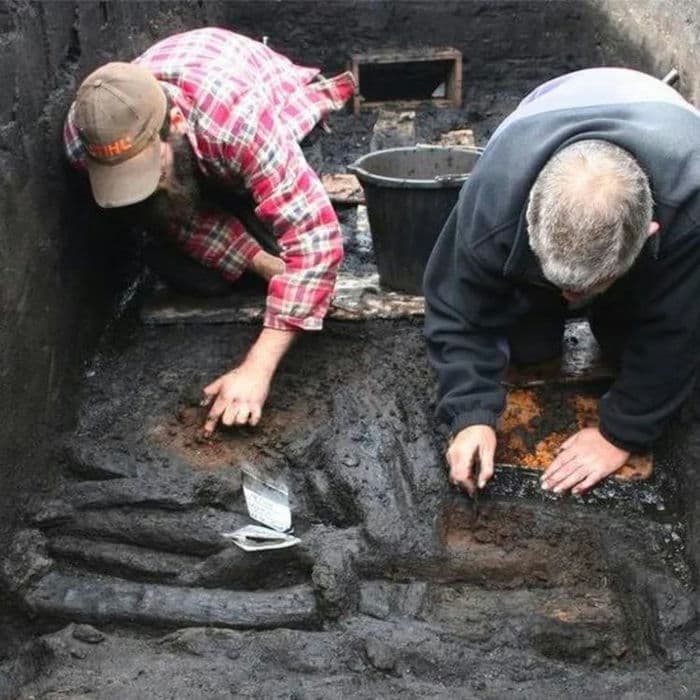
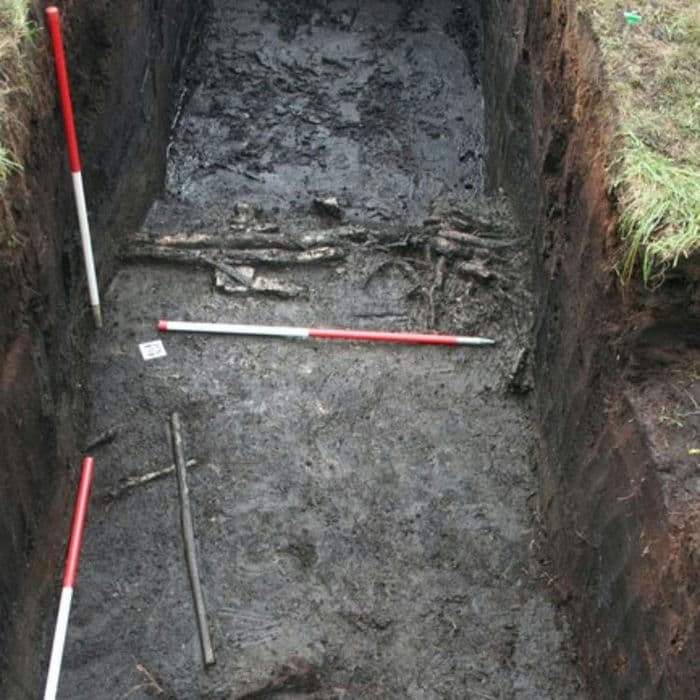
Preservation Success:
1. Removal from ‘At Risk’ Register:
Despite being added to Historic England’s ‘at risk’ register, successful conservation efforts have ensured the Sweet Track’s preservation. Thanks to diligent work by conservationists and archaeologists, this ancient marvel continues to inspire awe for future generations.
2. Miraculous Preservation:
The Sweet Track’s remarkable condition, attributed to its waterlogged peat surroundings, underscores the importance of conservation efforts in safeguarding our archaeological heritage. As a beacon of preservation, it serves as a testament to our shared history and the importance of stewardship.
3. Pride in Conservation Work:
Natural England and Historic England express pride in their collaborative efforts to protect both habitat and history. Through research and conservation initiatives, they ensure that the Sweet Track remains a cherished cultural treasure for years to come.
4. Enduring Legacy:
Archaeologists and conservationists alike celebrate the Sweet Track’s enduring legacy, which offers valuable insights into Neolithic life and technological prowess. Its preservation ensures that future generations can continue to marvel at this ancient wonder.
5. A Tranquil Retreat:
Visitors to the Sweet Track and Shapwick Heath National Nature Reserve delight in the tranquility of the marshlands, finding solace amidst the beauty of nature and the echoes of ancient footsteps. It’s a place where the past and present converge, offering a peaceful respite for all who wander its paths.
As the Sweet Track stands as a testament to human ingenuity and resilience, may its story inspire reverence for our shared heritage and a commitment to preserving the treasures of the past.

